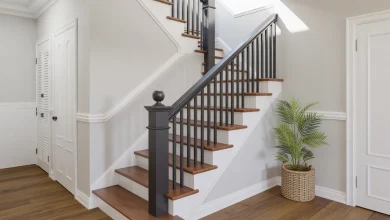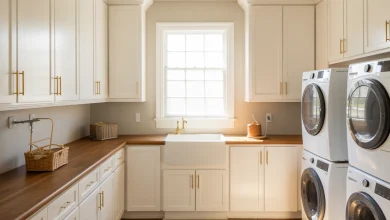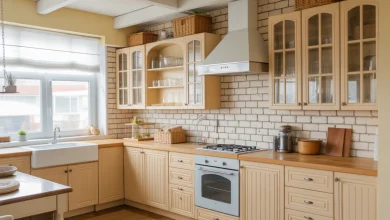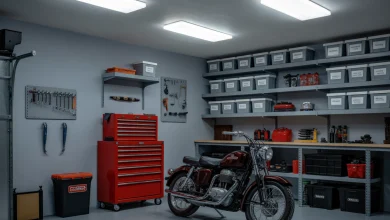What Makes Spanish Colonial Revival Architecture Timelessly Alluring?
Table of Contents
What Makes Spanish Colonial Revival Architecture Timelessly Alluring?.
Tips to easily merge Spanish Colonialization features.
Preservation and Conservation Efforts
Introduction
Spanish Colonial Revival is the name of the style that has been evolving over the years and more and more architects, designers and homeowners come to appreciate its classic beauty and lofty historical value. Known since the early 1900s, this architectural style borrows from the colonial Spanish architecture of the Americas. In particular, the Spanish missions and haciendas had a significant influence on New Mexico’s style.
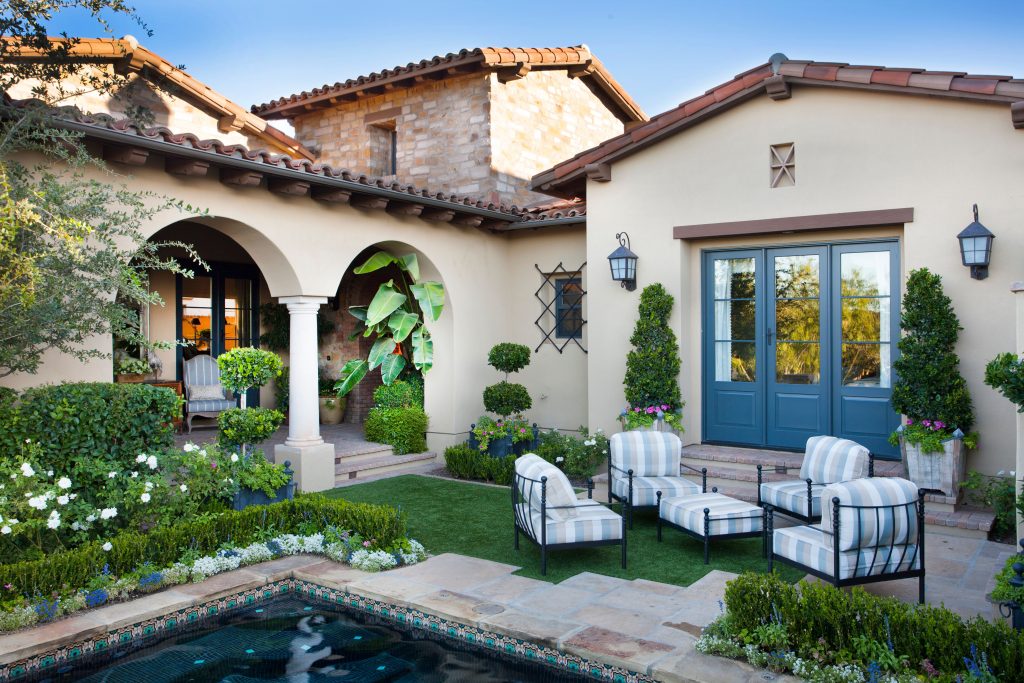
Origins and Evolution
The origin of the Spanish Colonial Revival architecture throughout the Exposition of 1915 in San Diego, California by architects Bertram Goodhue and Carleton Winslow, with Spanish mission in California in the early period as the inspiration of their buildings. This was the start that would grow as a movement and it was evident across the whole United States, more specifically was visible in the Southwest and in the California zone.
One of the main characteristic aspects of Spanish Colonial Revival architecture is its ability to be used in different parts of the country and even the world, as it adapts well to the local conditions and weather. Although the initial styles were based on the adobe buildings found in the Southwest, it was later in developed to integrate the architectural elements of the colonial Spanish style as it spread to Florida, Texas, and the Caribbean. This versatility has been one of the main reasons it has stayed in favour for people over the ages and enjoyed its popularity.
Key Features and Elements
Spanish Colonial Revival architecture is characterized by several key features and elements that give it its distinctive look:
Stucco Walls: Exterior walls are finished off with stucco, which is both weather-resistant and long-term. This gives a house a solid texture.
Red Tile Roofs: The use of red clay tiles is the most prominent of the particularities seen in Spanish Colonial Revival architecture. The sloped roof tiles create an amazing visual effect with an added value of rich colors and texture to the whole building.
Arched Doorways and Windows: Arches remain to be a highly sought-after architectural element, not only for their decorative yet outstanding effect but also for a beautiful sense of grandeur the creation gives.
Courtyards and Patios: A central theme of indoor-outdoor living is applied, which involves installation of central patios and courtyards within many homes that serve as private outdoor spaces.
Wrought Iron Details: Genuine wrought iron is often utilized for fences, balconies, and railings and not only does it function as a decorative element but also adds to its allure.
Colorful Tiles: The kitchens and bathrooms with the lively, hand-drawn mosaics on the walls and stairs, bring unusual artistic decoration into this stylish approach.
Tips to easily merge Spanish Colonialization features
If you’re considering incorporating elements of Spanish Colonial Revival architecture into your home or building, here are a few tips to keep in mind:
Authenticity: However, while you are to maintain the essence of the genre, don’t miss an opportunity to express yourself with many facets. Integrate current-day details and features to correspond with your preferences but try to remain the architectural direction and style.
Materials: Instantiate elements with this style by opting for realistic materials like stucco, terra cotta tiles, and wrought iron. These components which serve as both the decorative element and the functional benefit ensure the long-term persistence of the structure.
Color Palette: Embrace the thermodynamics of mellow, earthly-themed tones characteristic of Spanish Colonial Revival architecture. Imagine terracotta, ochre and blue ocean evoking warm, earthy and inviting feelings.
Outdoor Spaces: Enclosed courtyards or patios fronted by verandas, has become the most prominent element of a Spanish Colonial Revival architecture. Design enticing outdoor settings which feel like the outdoor spaces by combining them with the interiors, thus, providing a place for easy flow and entertaining inside and outside the house.
Preservation and Conservation Efforts
Saving and conserving the existing Spanish and Colonial Revival architecture is the main duty to keep a balance of these beautiful historic buildings. Institutional groups such as The National Trust for Historic Preservation earn themselves the task of preserving these architectural masterpieces; this helps to provide future generations a chance to share in their beauty and make them a part of their past as they did ours.
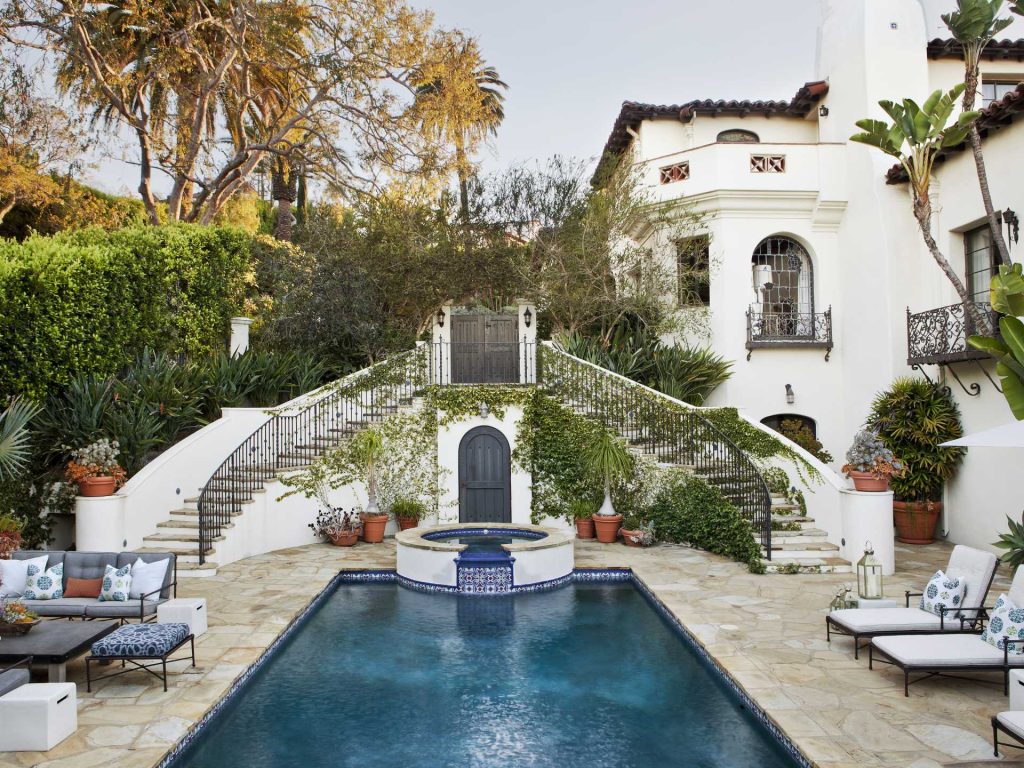
Conclusion
The authenticity of historical Spanish Colonial Revival architecture goes further than just architectural style which narrates an intriguing story about United States & American culture. It is recognized for its evergreen and universal appeal brought by its lasting beauty, adapted ways and ability to create an emotion of nostalgia for a passed era. Be it one who is crazy about history, an expert when it comes to buildings, or else one who simply admires well done designs Spanish Colonial Revival architecture always has something that interests a lot.

